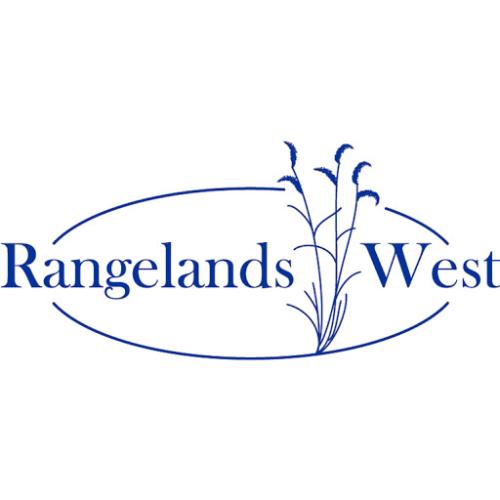This study was commissioned as part of the Sustainable Land Management Project (SLMP)
implemented by the National Soil Services Centre (NSSC) of the Ministry of Agriculture to
review existing studies/documents on rangeland, understand the present situation of high
altitude rangelands, review acts and policies influencing rangeland use and management by
the herders, identify potential forage species for inclusion in the future rangeland research and
development programs and recommend future government interventions.
Merak under Trashigang dzongkhag and Sengor under Mongar dzongkhag were selected as
case study areas for the study. A three stage data collection method was adopted. The first
stage involved desk study to review literatures, policies, programs and work on rangeland
elsewhere in the region. The second stage included the fieldwork at Sengor, Merak and
Gogona, and the third stage included interview of policy makers, planners, researchers and
development workers.
The study findings revealed that herders continue to manage the rangelands using indigenous
knowledge. Merak geog has over 15,226ha and Sengor has over 630ha of rangelands. There
are inadequate grazing lands that are overgrazed exposing bare ground to erosion. Grass
species that once thrived in the open meadows are now found in inaccessible and undisturbed
areas indicating the adverse effect of rangeland degradation. The number of livestock had
increased and grazing area had decreased as a result of gradual colonization by woody species.
The condition of the rangeland had further aggravated by the never ending conflicts between
herding communities. The community conflicts have worsened in recent times and warrants
immediate attention from the royal government.
Rangeland as a source of fodder for livestock is least emphasized in the plans and policies.
Neither the Draft Pasture Policy of 1985 is finalized nor is the Forest and Nature Conservation
Rules in favor of the alpine herding communities. Conflict of policies was evident as the
clause no. 14 of the Draft Pasture Policy supports burning of woody species to reclaim
pastureland while the clause no. 72 of the Forest and Nature Conservation rules imposes a
complete ban on burning of forested lands.
Emphasis on rangeland research and development is rather weak in the institutional set up
mainly due to lack of research personnel specialized in rangeland science. The study
recommends the need to establish research sub stations solely focusing on rangeland research
and development. To address the complex issues, the report highlights the need to adopt
multidisciplinary approach involving multi-stakeholders from outside the Ministry of
Agriculture. Practical application of the concept of Community Based Natural Resource
Management is proposed as one of the options to tackle the ongoing issues.
The report recommends the exploration of potential forage species for different elevation
range such as Carex spp., Trisetum spp. for 3,500-4000m; Eragrostis spp., Poa spp., Bromus
spp., Elymus spp., Stipa spp., Schizachyrium delavayi and Arundinaria hookerii for
2000-3700; and Ficus nemoralis, Quercus lamellose, Brassiopsis spp., Castanopsis spp.,
Magnolia spp, Michelia champaka, Sorbus spp., and Acer spp. as tree species for fodder and
land management. Future directions and recommendations to address the challenges related to
ecology, social, economy, policy, land degradation, and institutional set up are emphasized.
(source: executive summary)

Articles, citations, reports, websites, and multimedia resources focused on rangeland ecology, management, restoration, and other issues on American rangelands.